000
WTNT33 KNHC 110851
TCPAT3
BULLETIN
Hurricane Lee Advisory Number 24
NWS National Hurricane Center Miami FL AL132023
500 AM AST Mon Sep 11 2023
...LARGE LEE REMAINS A MAJOR HURRICANE...
...HAZARDOUS SURF AND RIP CURRENT CONDITIONS EXPECTED AT BEACHES
ACROSS THE WESTERN ATLANTIC DURING THE WEEK...
SUMMARY OF 500 AM AST...0900 UTC...INFORMATION
----------------------------------------------
LOCATION...23.1N 62.6W
ABOUT 340 MI...545 KM N OF THE NORTHERN LEEWARD ISLANDS
ABOUT 650 MI...1045 KM SSE OF BERMUDA
MAXIMUM SUSTAINED WINDS...120 MPH...195 KM/H
PRESENT MOVEMENT...NW OR 310 DEGREES AT 7 MPH...11 KM/H
MINIMUM CENTRAL PRESSURE...950 MB...28.06 INCHES
WATCHES AND WARNINGS
--------------------
There are no coastal watches or warnings in effect.
DISCUSSION AND OUTLOOK
----------------------
At 500 AM AST (0900 UTC), the center of Hurricane Lee was located
near latitude 23.1 North, longitude 62.6 West. Lee is moving toward
the northwest near 7 mph (11 km/h). A slow west-northwestward
motion is expected during the next couple of days, followed by a
gradual turn toward the north by midweek. On the forecast track,
Lee is expected to pass well north of the northern Leeward Islands,
the Virgin Islands, and Puerto Rico during the next day or two.
Maximum sustained winds are near 120 mph (195 km/h) with higher
gusts. Lee is a category 3 hurricane on the Saffir-Simpson Hurricane
Wind Scale. Some additional strengthening is forecast over the next
day or so, followed by gradual weakening.
Hurricane-force winds extend outward up to 75 miles (120 km) from
the center and tropical-storm-force winds extend outward up to 185
miles (295 km).
The estimated minimum central pressure is 950 mb (28.06 inches).
HAZARDS AFFECTING LAND
----------------------
Key messages for Lee can be found in the Tropical Cyclone Discussion
under AWIPS header MIATCDAT3 and WMO header WTNT43 KNHC and on the
web at hurricanes.gov/text/MIATCDAT3.shtml
SURF: Swells generated by Lee are affecting portions of the Lesser
Antilles, the British and U.S. Virgin Islands, Puerto Rico,
Hispaniola, the Turks and Caicos Islands, the Bahamas, and Bermuda.
These swells are likely to cause life-threatening surf and rip
current conditions. Dangerous surf and rip currents have begun to
affect portions of the southeastern U.S. coast, and these conditions
are forecast to spread northward along much of the U.S. East Coast
during the next couple of days. Please consult products from your
local weather office.
NEXT ADVISORY
-------------
Next complete advisory at 1100 AM AST.
$$
Forecaster Reinhart
000
WTCA43 TJSJ 110855 RRA
TCPSP3
BOLETÍN
Huracán Lee Advertencia Número 24
Centro Nacional de Huracanes del SNM Miami FL AL132023
Traducción por el SNM San Juan PR
500 AM AST lunes 11 de septiembre de 2023
...LEE PERMANECE COMO UN HURACÁN INTENSO...
..SE ESPERAN LAS CONDICIONES PELIGROSAS DEL OLEAJE Y LAS CONDICIONES
ACTUALES MARINAS PELIGROSAS EN LAS PLAYAS A TRAVÉS DEL OESTE DEL
ATLÁNTICO DURANTE LA SEMANA...
RESUMEN DE LAS 500 AM AST...0900 UTC...INFORMACIÓN
----------------------------------------------
LOCALIZACIÓN...23.1N 62.6O
ALREDEDOR DE 340 MI...545 KM N DEL NORTE DE LAS ISLAS DE SOTAVENTO
ALREDEDOR DE 650 MI...1045 KM SSE DE BERMUDA
VIENTOS MÁXIMOS SOSTENIDOS...120 MPH...195 KM/H
MOVIMIENTO ACTUAL...NO O 310 GRADOS A 7 MPH...11 KM/H
PRESIÓN CENTRAL MÍNIMA...950 MB...28.06 PULGADAS
VIGILANCIAS Y AVISOS
--------------------
No hay vigilancias ni avisos costeros en efecto.
DISCUSIÓN Y PERSPECTIVAS
----------------------
A las 500 AM AST (0900 UTC), el centro del Huracán Lee estaba
localizado cerca de la latitud 23.1 norte, longitud 62.6 oeste. Lee
se está moviendo hacia el noroeste a cerca de 7 mph (11 km/h). Se
espera un movimiento lento hacia el oeste-noroeste durante los
próximos días, seguido de un giro gradual hacia el norte a mediados
de la semana. En la trayectoria pronosticada, se espera que Lee
pase bien al norte del norte de las Islas de Sotavento, las Islas
Vírgenes y Puerto Rico durante el próximo día o dos.
Los vientos máximos sostenidos están a cerca de 120 mph (195 km/h)
con ráfagas más fuertes. Lee es un huracán de categoría 3 en la
Escala de Viento de Huracanes de Saffir-Simpson. Se pronostica
algún fortalecimiento adicional durante el próximo día más o menos,
seguido de un debilitamiento gradual.
Los vientos con fuerza de huracán se extienden hasta 75 millas (120
km) del centro y los vientos con fuerza de tormenta tropical se
extienden hasta 185 millas (295 km).
La presión mínima central estimada es de 950 mb (28.06 pulgadas).
PELIGROS AFECTANDO TIERRA
----------------------
Los mensajes clave para Lee se pueden encontrar en la Discusión de
Ciclón Tropical bajo el encabezado MIATCDAT3 de AWIPS y encabezado
WTNT43 KNHC y en la web en hurricanes.gov/text/MIATCDAT3.shtml
OLEAJE: Las marejadas generadas por Lee están afectando sectores de
las Antillas Menores, las Islas Vírgenes Británicas y
Estadounidenses, Puerto Rico, La Española, las Islas Turcas y
Caicos, las Bahamas y Bermuda. Es probable que estas marejadas
causen condiciones de oleaje y corrientes marinas que amenacen la
vida. Las olas y las corrientes marinas peligrosas han comenzado a
afectar sectores de la costa sureste de los Estados Unidos, y se
pronostica que estas condiciones se extiendan hacia el norte a lo
largo de gran parte de la Costa Este de los Estados Unidos durante
los próximos días. Favor de consultar los productos de su oficina
local de meteorología.
PRÓXIMA ADVERTENCIA
-------------
Próxima advertencia completa a las 11:00 AM AST.
000
WTNT43 KNHC 110852
TCDAT3
Hurricane Lee Discussion Number 24
NWS National Hurricane Center Miami FL AL132023
500 AM AST Mon Sep 11 2023
The eye of the hurricane became more ragged and less distinct
overnight, but in recent satellite images there appears to be some
warming near the center once again. A 0619 UTC AMSR2 microwave pass
showed the eyewall was open to the south, but a new convective burst
is currently wrapping around the western portion of the eyewall. The
latest objective and subjective satellite intensity estimates have
leveled off due to recent fluctuations in the structure of the
hurricane. The initial intensity is held at 105 kt, which is
consistent with the earlier aircraft data. This intensity also lies
between the latest subjective Dvorak data-T and current intensity
estimates from TAFB and SAB that range from 90-115 kt.
Lee is moving slowly northwestward (310/6 kt) while being steered by
a mid-level ridge over the western and central subtropical Atlantic.
A slow west-northwestward to northwestward motion should continue
for the next day or two before a deep-layer trough moves across the
eastern U.S. and begins eroding the steering ridge by midweek. This
should allow Lee to gradually turn northward by 72 h. The guidance
is in good agreement through midweek with little cross-track spread
noted, and the updated NHC forecast lies just a bit right of the
previous prediction. This takes the core of Lee to the west of
Bermuda, although its expanding tropical-storm-force wind field
could bring some impacts to the island during the latter part of the
week. On days 4-5, Lee should continue moving generally northward
with a ridge positioned to its east. For this portion of the
forecast, the NHC prediction was adjusted slightly west, keeping the
forecast track near the center of the guidance envelope and in best
agreement with the TVCA simple consensus aid.
In the near term, very warm SSTs of 29-30C and weaker deep-layer
shear appear conducive for at least modest strengthening of the
hurricane, although inner-core structural changes and bouts of dry
air entrainment could cause some short-term intensity fluctuations.
Most of the intensity models support an intensity peak within the
next day or so, and this is reflected in the latest NHC forecast.
Thereafter, the large wind field and slow motion of Lee could cause
upwelling of cooler waters. In addition, the hurricane is likely to
encounter increasing southwesterly shear from the aforementioned
trough later in the period, as well as the cool wake left behind by
recent western Atlantic hurricanes (Idalia and Franklin). All of
these factors point toward weakening later this week, and the NHC
forecast follows the IVCN and HCCA trends with gradual weakening
beyond 48 h. Although the peak winds are forecast to decrease, the
outer wind field is expected to expand as the hurricane interacts
with the upper trough and gains latitude over the western Atlantic,
with strong winds extending far from the center of the cyclone.
KEY MESSAGES:
1. Dangerous surf and life-threatening rip currents will affect
portions of the northern Leeward Islands, the Virgin Islands, Puerto
Rico, Hispaniola, the Turks and Caicos Islands, the Bahamas, and
Bermuda through much of the week.
2. Lee could bring wind, rainfall, and high surf impacts to
Bermuda later this week. Although it is too soon to determine the
specific timing and level of those impacts, interests on Bermuda
should monitor the latest forecasts for Lee.
3. It remains too soon to know what level of impacts, if any,
Lee might have along the U.S. East Coast and Atlantic Canada late
this week, especially since the hurricane is expected to slow
down considerably over the southwestern Atlantic. Regardless,
dangerous surf and rip currents are expected along most of the U.S.
East Coast this week as Lee grows in size. Users should continue to
monitor updates to the forecast of Lee during the next several days.
FORECAST POSITIONS AND MAX WINDS
INIT 11/0900Z 23.1N 62.6W 105 KT 120 MPH
12H 11/1800Z 23.5N 63.5W 115 KT 130 MPH
24H 12/0600Z 24.0N 64.8W 115 KT 130 MPH
36H 12/1800Z 24.5N 65.8W 115 KT 130 MPH
48H 13/0600Z 25.1N 66.7W 110 KT 125 MPH
60H 13/1800Z 26.1N 67.3W 100 KT 115 MPH
72H 14/0600Z 27.6N 67.6W 95 KT 110 MPH
96H 15/0600Z 31.8N 67.6W 85 KT 100 MPH
120H 16/0600Z 37.5N 67.0W 70 KT 80 MPH
$$
Forecaster Reinhart
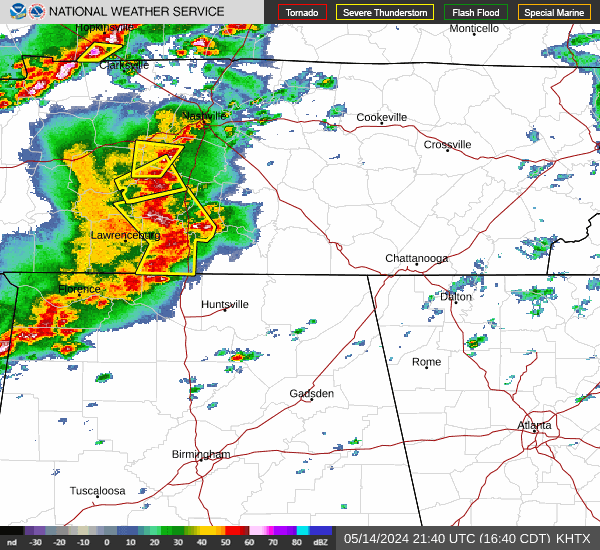
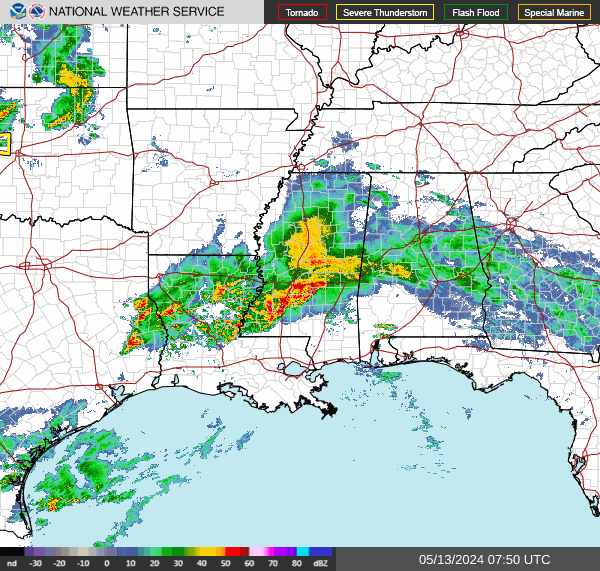


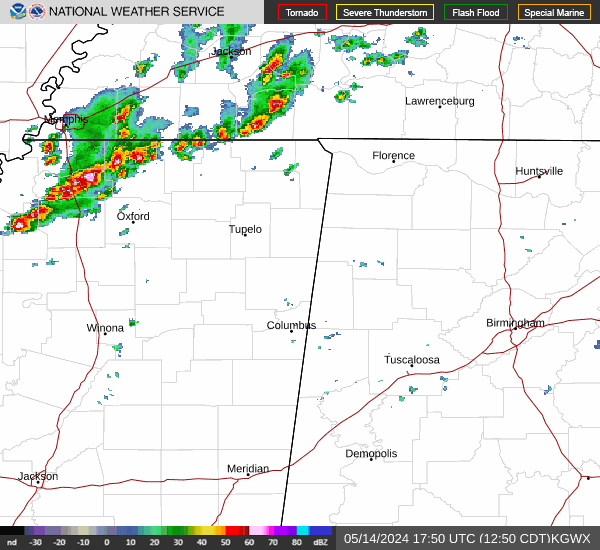
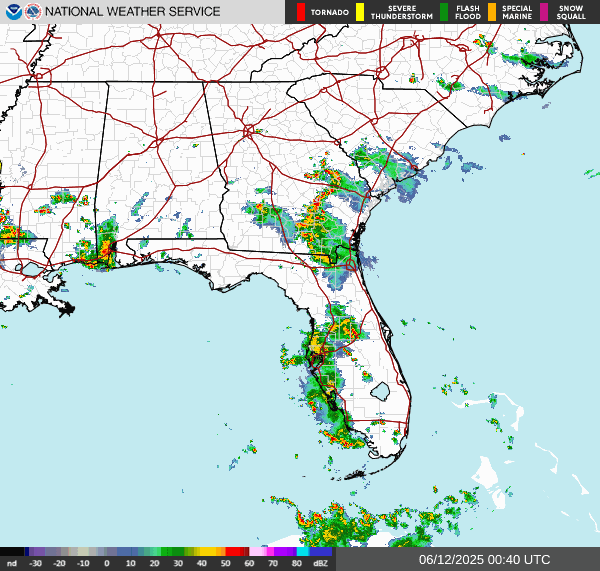
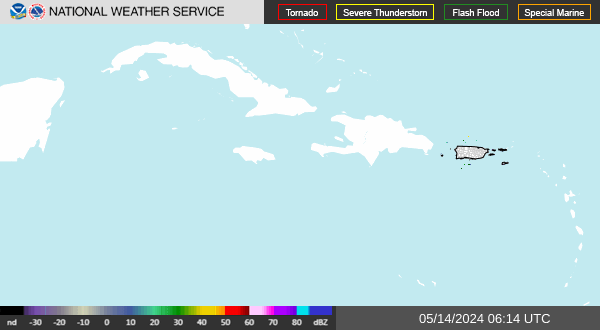




No comments:
Post a Comment